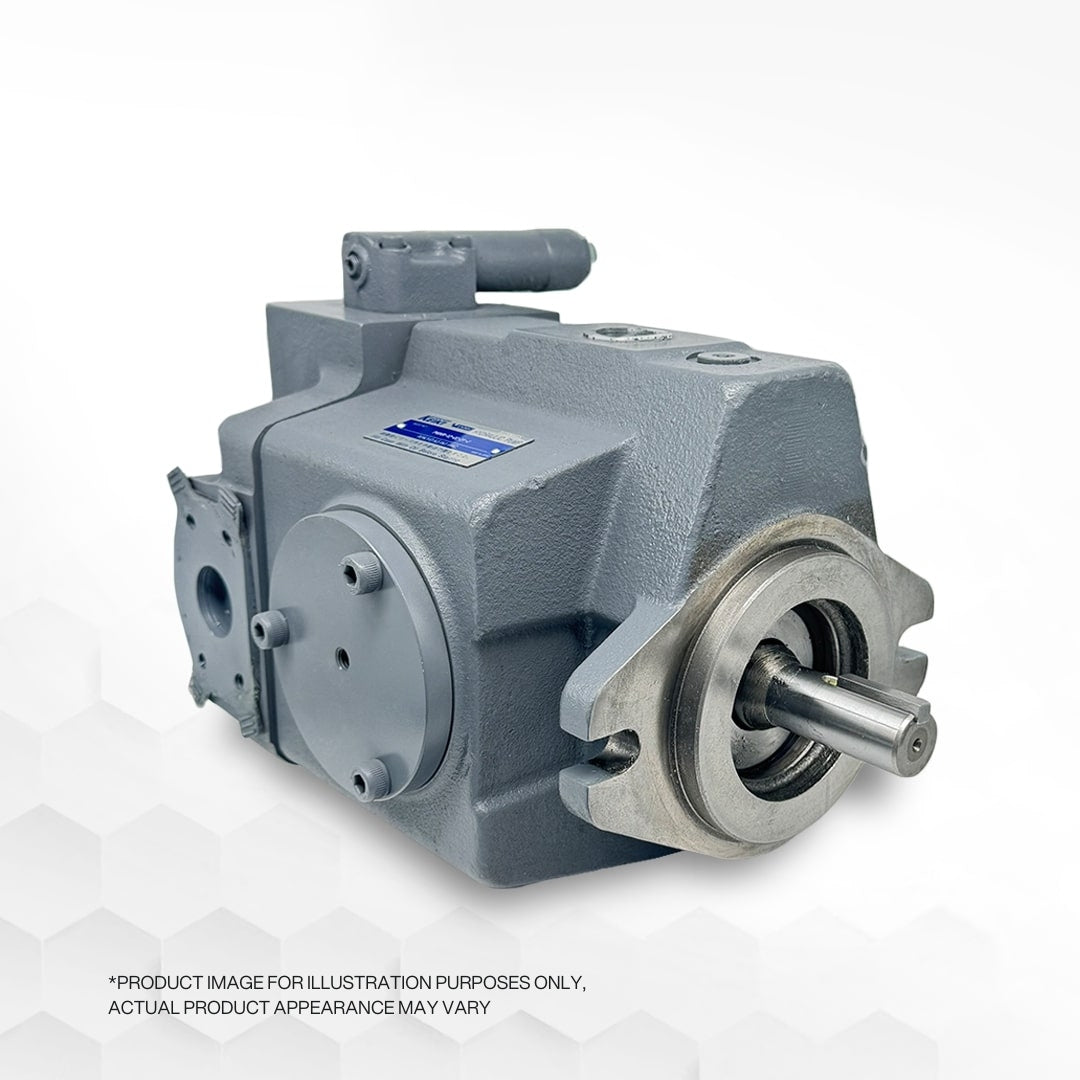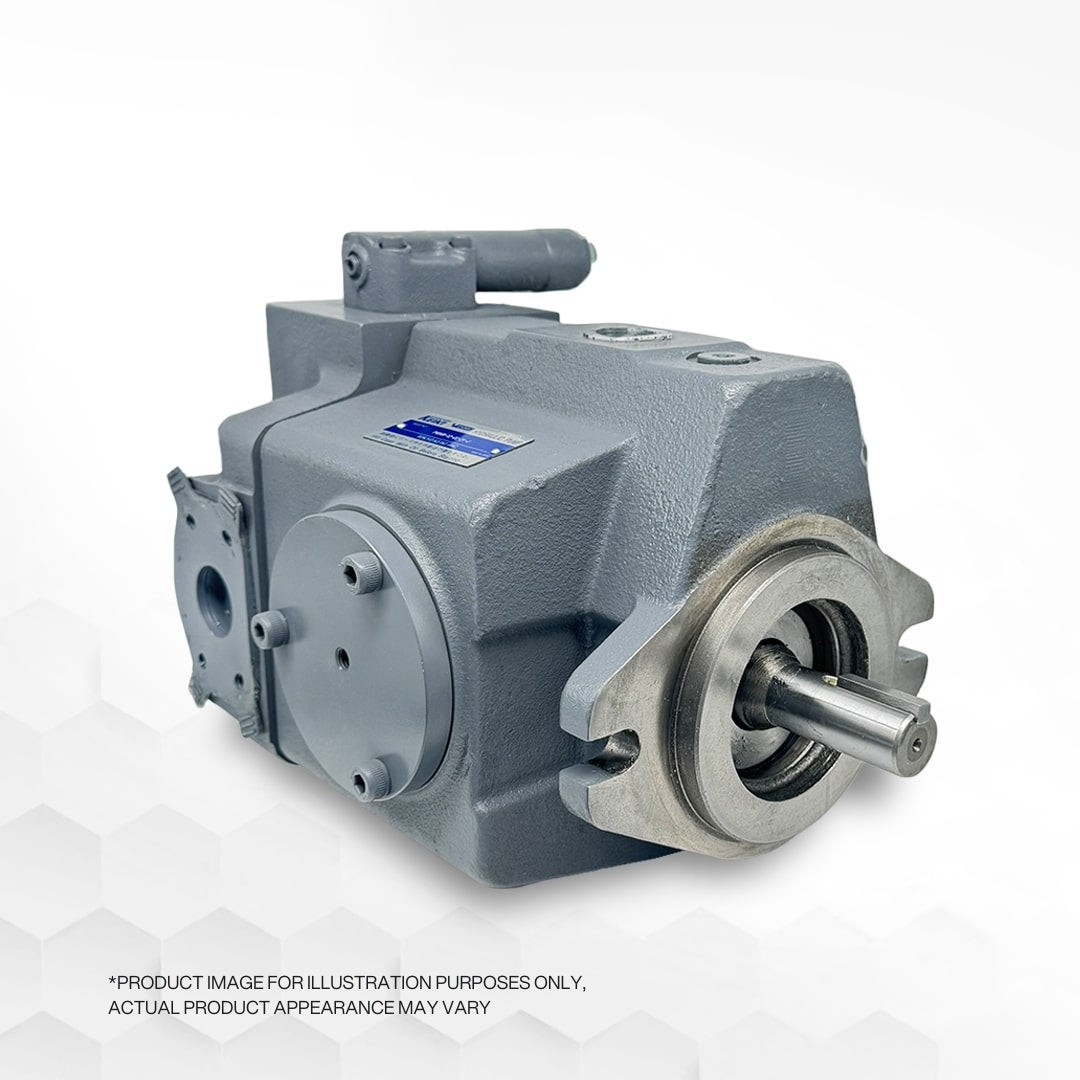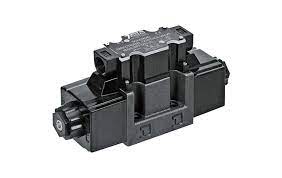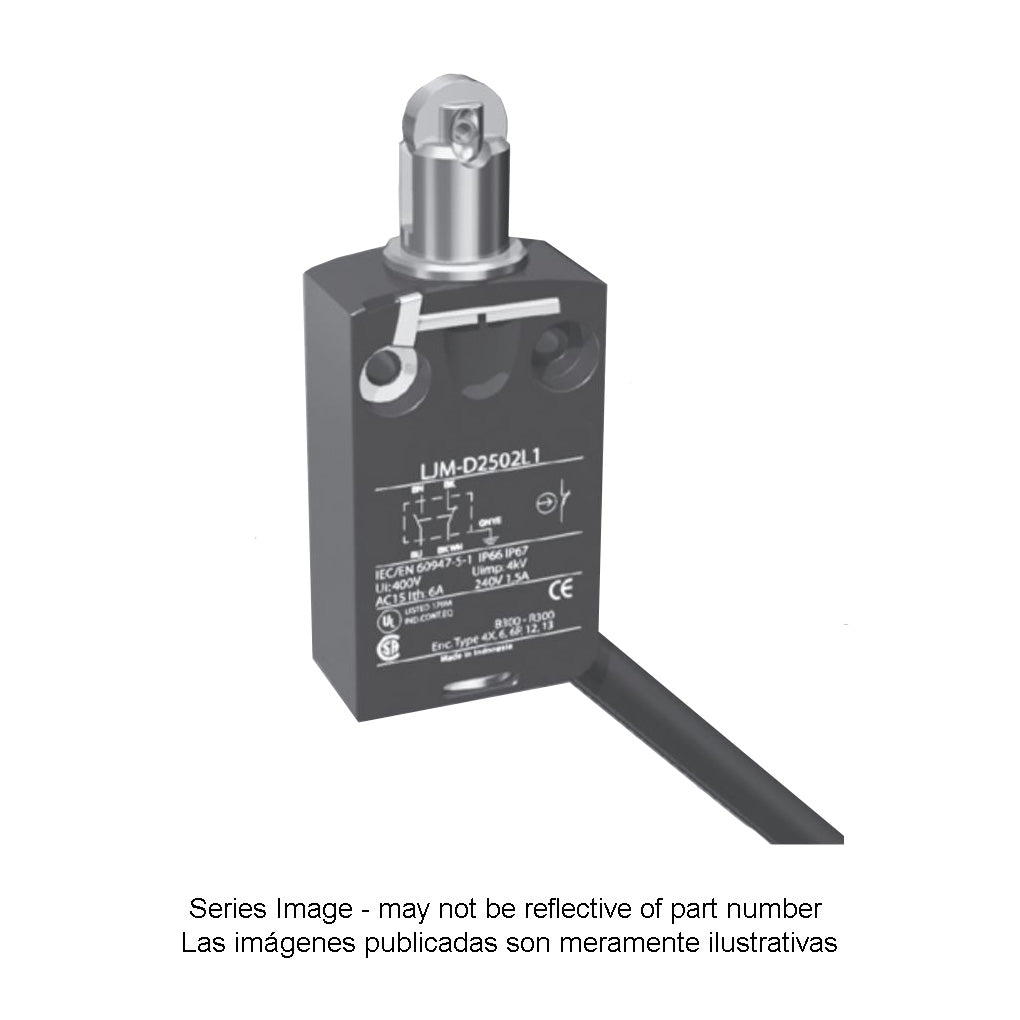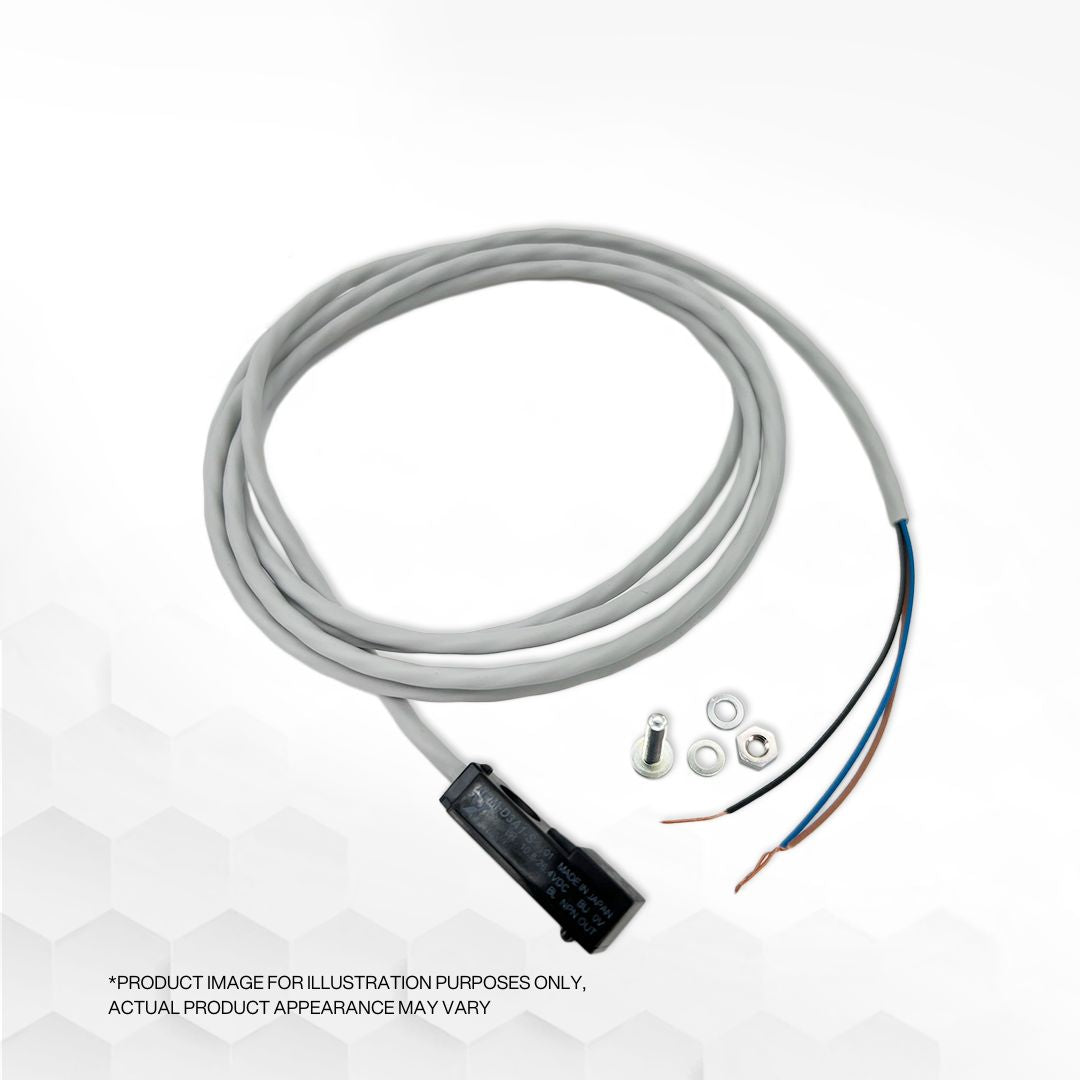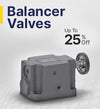
What You Need to Know About Hydraulic Spool Valves
In contrast to the poppet type valves, which are known for being leak-free as the valve 'poppet' closes against a seat, hydraulic spool valves are designed differently and may experience some level of leakage. This is attributed to the radial clearance required for the spool to slide within its bore. As a result, even when a port in a spool valve is closed off, a small amount of leakage should be anticipated.
Charlie Field from Perry Slingsby Systems UK highlighted that hydraulic cylinder drift troubleshooting often points to the directional control valve (DCV) as the most common reason. Closed-to-actuator spools in the DCV tend to leak pressure to both service ports, leading to approximately 30% to 50% of the "P" line pressure being observed in the actuator lines when effectively plugged with gauges.
This issue can particularly affect closed-center cylinder spools (with all ports blocked in the center position) when the pump remains unloaded. For example, in cases where a horizontally mounted cylinder is powered by a pressure-compensated pump at 3,000 PSI and utilizing an all ports blocked center condition valve, cylinder drift is evident due to the radial clearance of the spool, not because of any shortcomings in the integrity of the cylinder's piston seal.
It is important to understand that spool valve designs are not leak-free due to the necessary radial clearance for spool movement in the bore. Leak-free characteristics are typically associated with the other main valve design used in hydraulics, namely the poppet type, where the valve 'poppet' closes securely against a seat. In this configuration, there would be no leakage across the valve's ports when the valve is closed, provided the poppet and its seat are in good condition.
However, an exception to this rule is the Slip-in cartridge valves, which serve as logic elements commonly found in modern hydraulic systems. Although they are leak-free in one direction, a logic element can be configured to allow flow in two directions.
In conclusion, addressing cylinder drift caused by the radial clearance of the directional control valve spool is the typical solution. If unloading the pump is not possible, employing a float center spool (A and B open to T) with load-holding check or counterbalance valves can help manage the issue. It is essential to avoid the common mistake of wrongly attributing cylinder drift to a leaking piston seal when, in fact, it is being caused by spool valve leakage.
